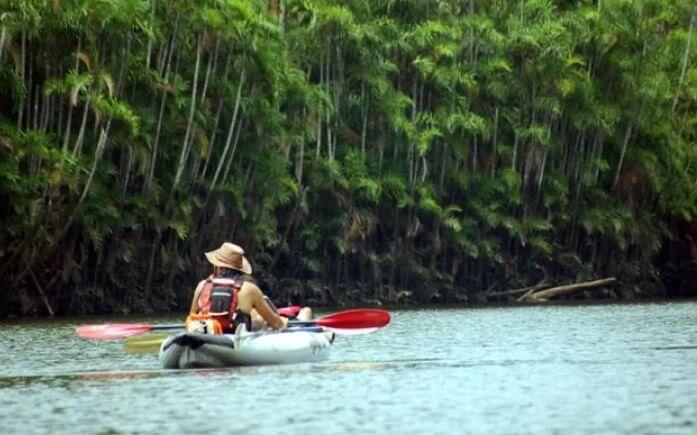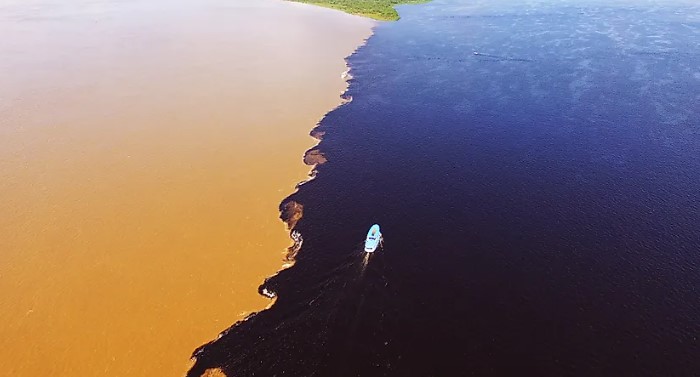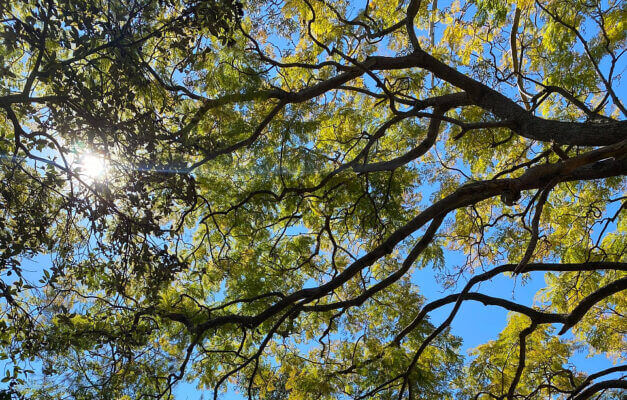The Sahara Desert, stretching across Northern Africa, is synonymous with extreme heat and barrenness. It is the largest hot desert on Earth, covering an area of approximately 9.2 million square kilometers. Yet, there are certain regions within the Sahara that exhibit a remarkable ability to sustain life, creating a unique desert jungle.
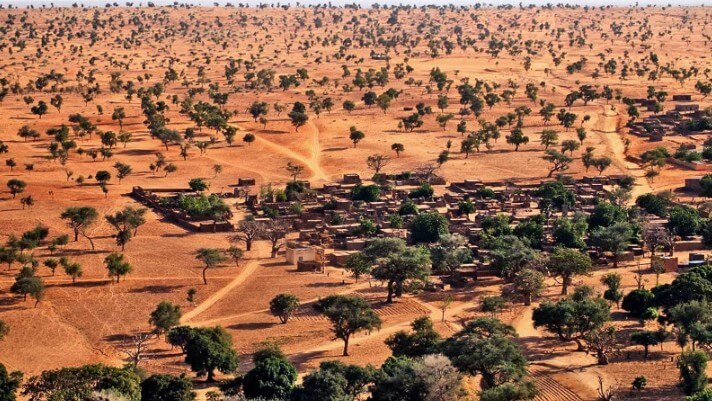
Known as the Saharan oases, these pockets of green oases are formed by underground water sources and natural springs that rise to the surface, providing life-sustaining nourishment to the otherwise inhospitable environment. These oases are dotted throughout the desert, creating a stark contrast against the surrounding golden sands.
Within these oases, various plant and animal species have adapted to survive in challenging conditions. Towering date palm trees provide shade and sustenance, their sweet fruits serving as a vital food source for humans and wildlife. The iconic desert dwellers, Camels find respite in these hidden havens, quenching their thirst and grazing on the sparse vegetation.
These Saharan oases also harbor a rich biodiversity. Various bird species seek refuge here during their migratory journeys, while reptiles and insects have found ingenious ways to survive the scorching heat. Despite the arid surroundings, life thrives within the Sahara Desert jungle, showcasing the resilience and adaptability of nature.
The Sahara Desert Tropical:
While the Sahara Desert jungle offers a glimpse into the hidden pockets of life within an arid landscape, another intriguing phenomenon takes place when the Sahara meets the tropical regions. It is the convergence of two distinct ecosystems the transition from desert to tropical, resulting in a captivating blend of contrasting environments.
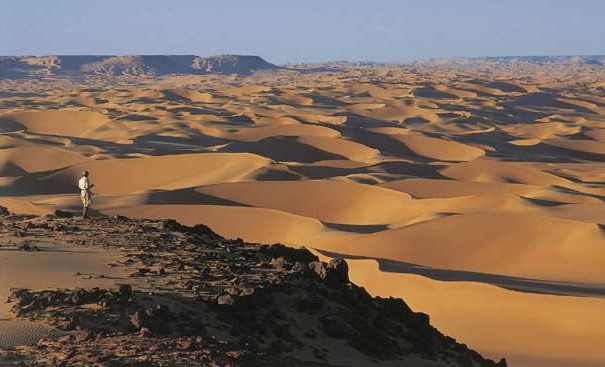
As the Sahara stretches into the Sahel region, the landscape undergoes a remarkable transformation. The barren dunes give way to semi-arid grasslands and acacia trees, marking the beginning of the transition. Moving further south, the Sahel transitions into lush savannas, and dense woodlands, and eventually merges with the tropical rainforests of West Africa.
The convergence of these ecosystems also influences weather patterns, as the dry air from the Sahara mixes with the humid air from the tropics. This interaction often leads to the formation of massive dust storms, known as the Saharan Air Layer, which can travel thousands of kilometers, affecting weather patterns across continents.
Amazon Meets the Ocean:
The Amazon rainforest, often referred to as the “lungs of the Earth,” is renowned for its unparalleled biodiversity and ecological significance. Spanning nine countries in South America, it is the largest tropical rainforest on the planet. However, it is not just the rainforest itself that captivates the imagination but also its meeting point with the vast Atlantic Ocean.
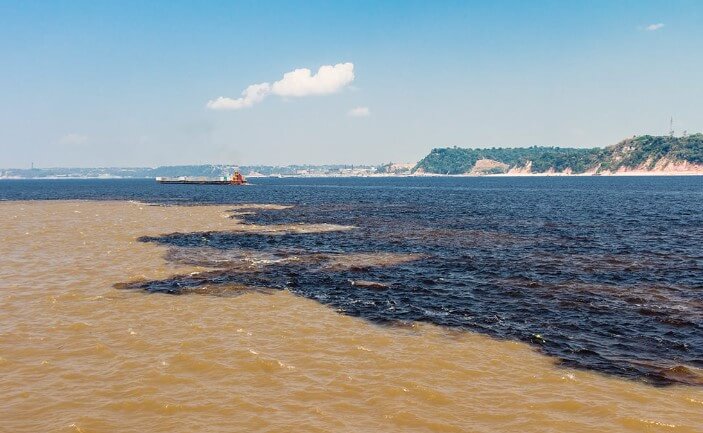
Was the Sahara desert an ocean, As the mighty Amazon River carves its way through the dense rainforest, it finally reaches its grand finale an epic encounter with the Atlantic Ocean. This meeting point, where freshwater merges with saltwater, holds immense ecological importance and creates a unique ecosystem.
How was Sahara desert 10,000 years ago?
How old is the sahara desert the Sahara Desert, 10,000 years ago, was a vastly different landscape compared to its arid and barren state today. It was a time when the region experienced a more humid and temperate climate, characterized by lush grasslands, scattered forests, and numerous freshwater lakes. The presence of abundant flora and fauna transformed the Sahara into a thriving ecosystem.
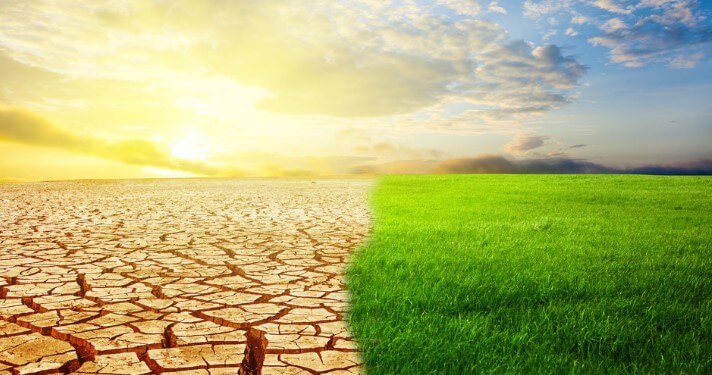
Ancient rock art and archaeological evidence indicate that early human populations inhabited the area, engaging in hunting, gathering, and early forms of agriculture. Rivers, such as the Nile, extended further into the Sahara, sustaining a diverse range of wildlife. This era marked a stark contrast to the desolate expanse we now associate with the Sahara Desert.
Was the Sahara desert once a jungle?
The Sahara Desert, known for its vast expanse of sand and arid conditions, was not always a desert. Geological and archaeological evidence suggests that the Sahara was once a much greener and more vegetated region, resembling a lush jungle or savannah.
How long ago was the Sahara desert Jungle? Approximately 10,000 years ago, during a period known as the Holocene, the climate of the Sahara was more humid and experienced greater rainfall. So, Can the Sahara desert be turned into a forest?
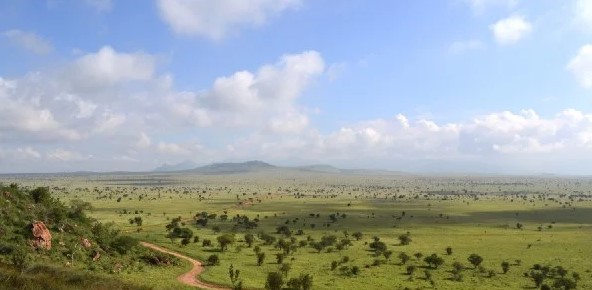
This supported the growth of diverse plant life, including grasslands, scattered forests, and even lakes and rivers. Ancient rock art and fossil records provide further evidence of a flourishing ecosystem, which also attracted a variety of wildlife. Over time, climatic changes and natural factors led to the transformation of the Sahara into the arid desert we see today, making it a stark reminder of the Earth’s dynamic and ever-changing nature.
Did the Sahara desert use to be green?
Yes, the Sahara desert used to be green in the past. Around 10,000 years ago, during the Holocene period, the Sahara experienced a more humid climate with increased rainfall, supporting lush vegetation and diverse ecosystems. Over time, however, climatic changes led to the transformation of the Sahara into the arid desert we know today.
How is the Sahara desert climate?
The Sahara Desert is characterized by an extremely arid climate. It is known for its hot and dry conditions, with little to no rainfall throughout the year. Temperatures in the Sahara can reach extreme highs during the day, often exceeding 40 degrees Celsius (104 degrees Fahrenheit), while nights can be relatively cool. The desert is also subject to strong winds and sandstorms, adding to its challenging climate. Overall, the Sahara’s climate is hostile to most forms of life, resulting in its sparse vegetation and barren landscapes.
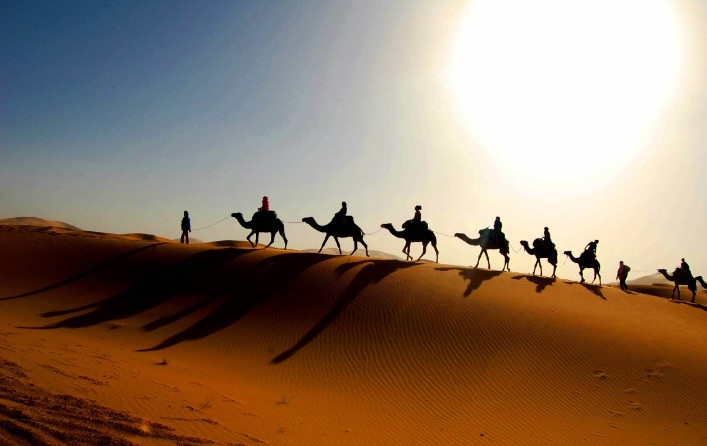
what was the Sahara before it was a desert?
Before it became a desert, the Sahara was a more hospitable environment characterized by grasslands, scattered forests, and freshwater lakes. It supported a diverse range of flora and fauna, and early human populations inhabited the region, engaging in hunting, gathering, and early forms of agriculture.
How big is the Sahara desert?
The Sahara Desert is the largest hot desert in the world, covering an expansive area of approximately 9.2 million square kilometers (3.6 million square miles).
Sahara desert in which country? It spans several countries in North Africa, including Algeria, Chad, Egypt, Libya, Mali, Mauritania, Morocco, Niger, Sudan, and Tunisia.
Also Read: Wings of Hope

